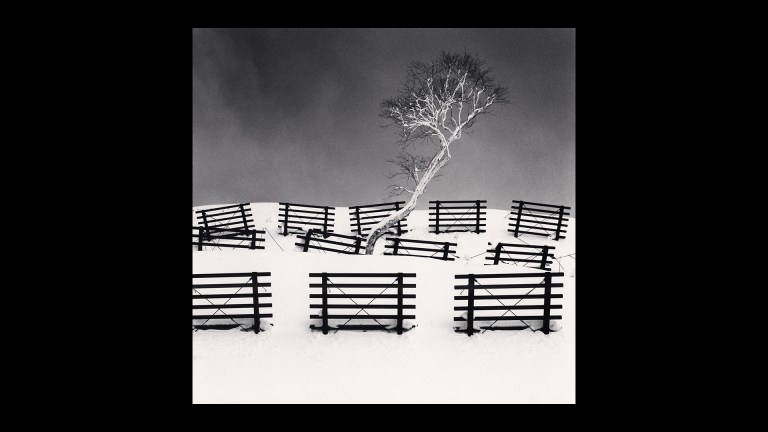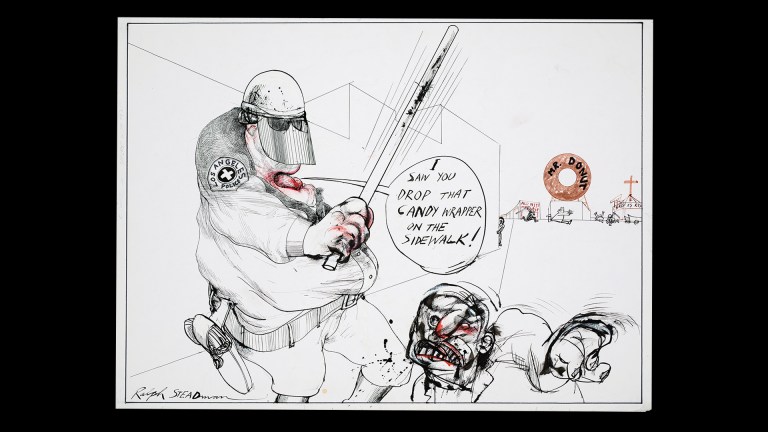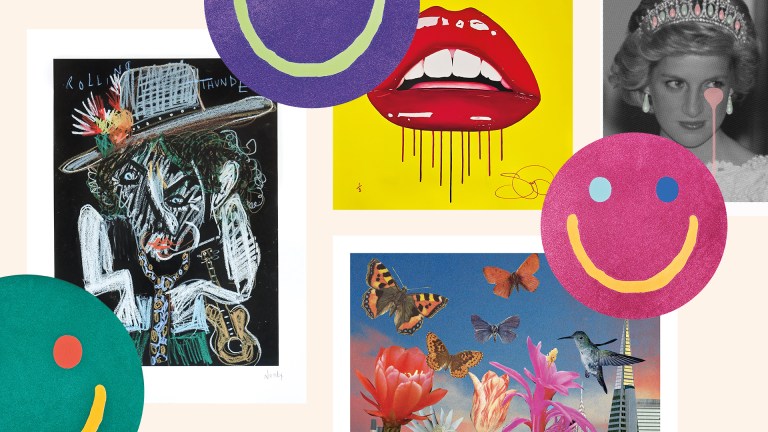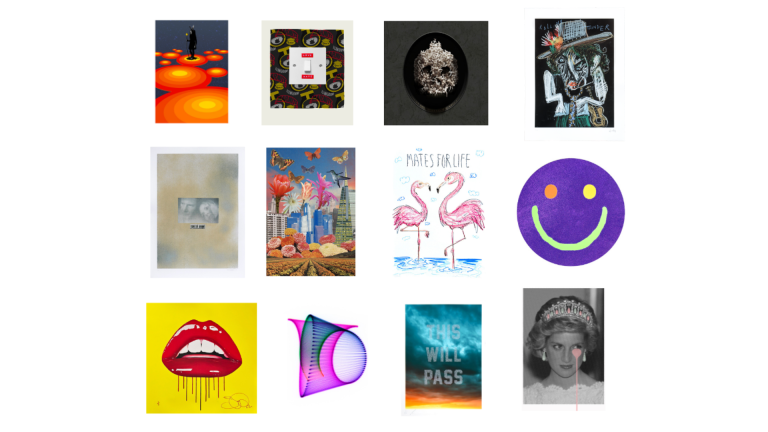If you are under the age of 35, it is likely that you’ll have no direct connection to a period of Northern Irish history known as the Troubles. However, as a Belfast artist, born in 1968, it was sadly familiar to me. It is through living in the midst of this conflict and, ultimately the experience of peace, that originally inspired one of my most personally important bodies of work.
Silent Testimony is a collective portrait of 18 people whose lives were impacted, and continue to be affected, by the Troubles. It is about right now. The legacy and fall-out of conflict. What is left behind when society talks about moving on. The 18 large-scale portraits, which I started painting in 2014, in many ways represent tens of thousands of people across Northern Ireland who lived, and still live, with the trauma of loss and unresolved grief; experiences that – even today – are being replayed in countries all over the world. These portraits acknowledge that the bereaved and wounded still walk among us. Ten years on, they remain as relevant as the day I painted them.
In 1998, the Good Friday Agreement was signed. It was a moment of hope for the future. Conflict was consigned to history. However, I remember reading the published documents at that time and it occurred to me immediately that there was little written which related to victims and survivors of that period of recent history. This stayed with me, and over time, I realised that this massive section of our community was, in a sense, paying the price for our peace. When I began making large-scale portraits in 2010, I felt I had found the vehicle through which I could explore this deeply held view as an artist. Seeking a second opinion, I spoke to WAVE Trauma Centre, who provide care and support for people affected by the Troubles in Northern Ireland, and they agreed that responding with a body of work of this nature could be important. In the wake of this, I therefore started working with WAVE to make an initial selection of sitters for Silent Testimony.
- Top 5 books about the Troubles, chosen by bestselling author Henry Hemming
- Playwright David Ireland: ‘Why I can’t seem to stop writing about the Troubles’
As an artist, I’m perhaps best known for my portraits of the late Queen Elizabeth II, president Bill Clinton and celebrities like Brad Pitt and Ed Sheeran, but I’ve always wanted my paintings to strip away the ‘celebrity’, revealing the common humanity that connects us all – to see behind the facade. This felt like an appropriate approach to take for Silent Testimony, so I started the process by creating drawings from life, before working on my large-scale canvases. I work on up to 10 canvases at a time – I often need to set one portrait aside to dry while I paint the next. My working practice is all about layering, building up that sense of a person on the canvas, almost like a landscape of the face.
It is important for me that my sitters feel comfortable, so I asked them where they wanted us to meet for the preliminary drawings. Some came to my studio, while others sat in WAVE’s headquarters, but a few invited me to their homes. I will always remember the sitting with Paul Reilly at his home in Warrenpoint. His daughter Joanne was killed on 12 April 1989, when she was just 20 years old. Joanne had been working in a builder’s yard when a no-warning bomb exploded beside her office. She was killed instantly. In memory of Joanne, Paul invited me to paint him sitting in Joanne’s bedroom, kept exactly as she had left it that day. The clock on the wall is stopped at 9.58am, the time of her death.
I listened as each of the sitters told me their stories during our time together; outpourings of sorrow and extreme pain. Paul had never really spoken about his daughter’s death until that moment, and I really emptied all of that emotion back into the painting. It is my hope that visitors to the exhibition witness that.









